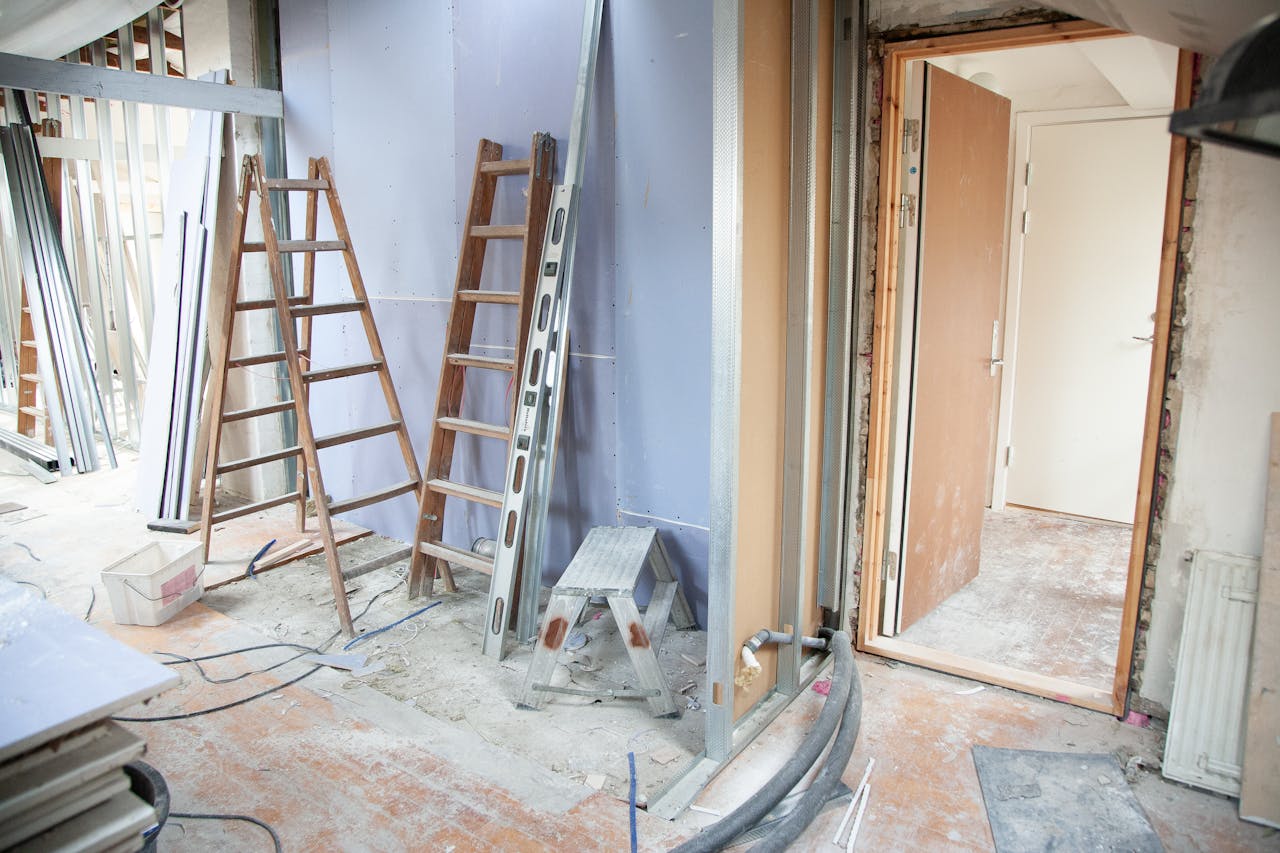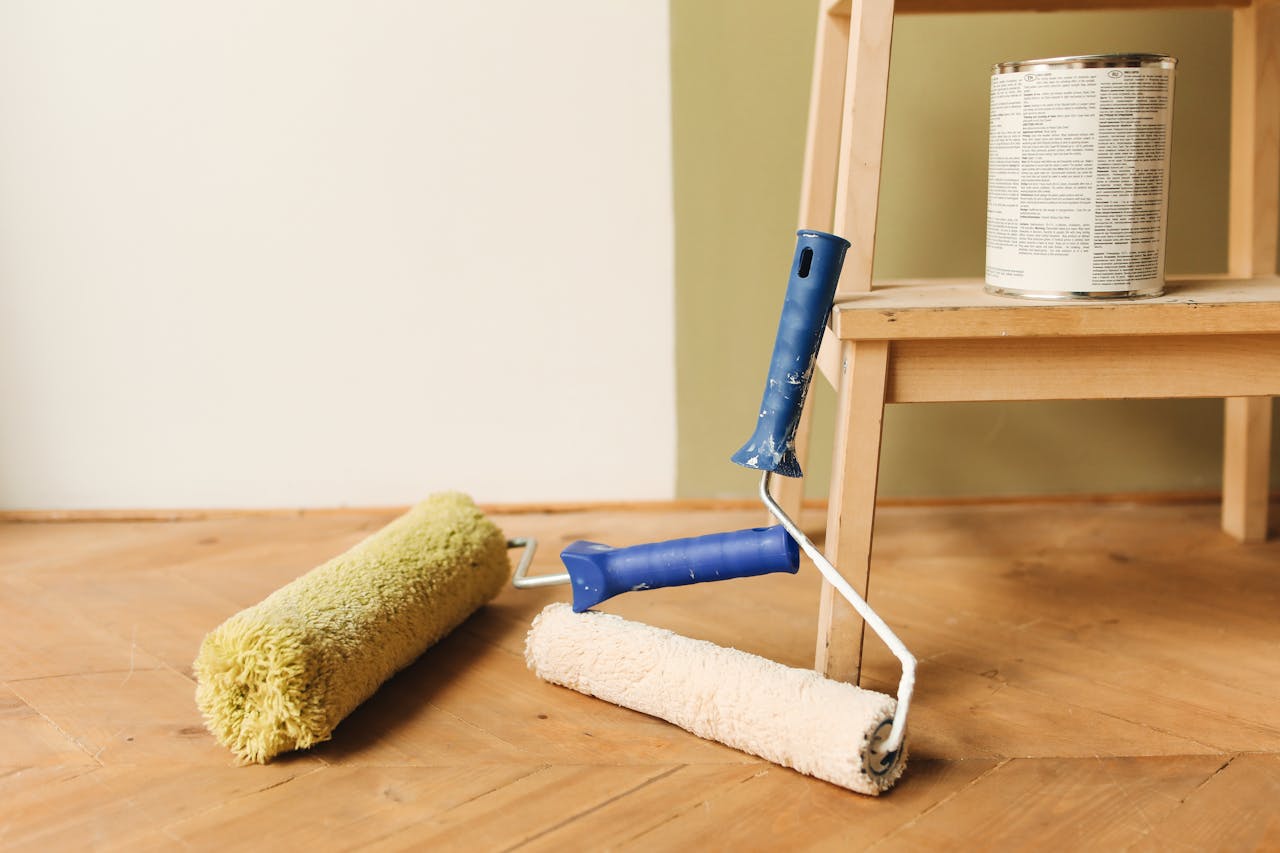A home is more than just a roof over your head; it is often the most significant financial and emotional investment a person will make in their lifetime. Like any valuable asset, it requires consistent care and attention to preserve its value, functionality, and safety. This ongoing process, known as house maintenance, is not merely a list of chores but a proactive strategy to prevent minor issues from escalating into catastrophic, expensive failures. Embracing a disciplined approach to maintenance saves money, ensures comfort, and provides peace of mind.
The core philosophy of effective home maintenance is prevention. A small leak in a roof sealant, for instance, might seem insignificant until it allows water to seep into the sheathing, rot the wooden rafters, foster toxic mold growth in the attic insulation, and eventually stain the ceilings below. What could have been a $50 repair with a tube of caulk transforms into a $15,000 project involving roofers, carpenters, and mold remediation specialists. This domino effect is the primary reason regular upkeep is non-negotiable. It is the difference between controlling your home’s destiny and being at the mercy of its decay.
A practical way to manage this is to adopt a seasonal checklist. This breaks down the monumental task of “maintaining a house” into manageable, quarterly actions aligned with changing weather conditions.
Spring: The Season of Renewal and Inspection
After the harshness of winter, spring is the ideal time for a thorough assessment. The focus should be on the exterior and systems strained by cold weather.
- Roof and Gutters: Inspect the roof for missing, cracked, or curled shingles. Clean winter debris from gutters and downspouts to ensure proper drainage from April showers. Check that downspouts direct water at least five feet away from the foundation.
- Exterior Siding and Paint: Look for cracks, rot, or peeling paint. Addressing these quickly protects the structural integrity of the home’s walls.
- Foundation: Walk around the perimeter and look for new cracks in the foundation. Hairline cracks are often normal, but any widening or horizontal cracks should be evaluated by a professional.
- HVAC System: Schedule a professional service for your air conditioning unit before the summer heat arrives. Replace air filters inside the home for better efficiency and air quality.
Summer: Focusing on the Outdoors and Major Projects
With longer days and stable weather, summer is perfect for outdoor projects and larger tasks.
- Deck and Patio: Inspect wooden decks for splinters, loose boards, and the need for re-sealing or staining. Check stone or concrete patios for settling cracks.
- Landscaping: Trim tree branches away from the roof and siding to prevent damage and deter pests. Ensure the ground around the foundation slopes away to keep the basement or crawl space dry.
- Windows and Doors: Check seals and caulking for cracks that let in humid air, forcing your AC to work harder.
Fall: The Crucial Preparation for Winter
This is arguably the most important season for preventative maintenance. The goal is to batten down the hatches for the coming cold.
- Gutter Round Two: Clean gutters again after leaves have fallen to prevent ice dams—a major cause of winter roof leaks.
- Plumbing Protections: Drain and shut off outdoor faucets to prevent frozen and burst pipes. Insulate pipes in unheated areas like garages or crawl spaces.
- Heating System: Have your furnace or boiler inspected and serviced by a certified technician. Replace the furnace filter and test your carbon monoxide detectors.
- Chimney and Fireplace: If you use your fireplace, have the chimney swept and inspected by a professional to remove flammable creosote buildup and ensure safe operation.
Winter: Interior Checks and Vigilance
Maintenance moves indoors, focusing on efficiency and catching problems early.
- Interior Draughts: Feel for drafts around windows and doors and use weatherstripping to seal them, improving comfort and reducing heating bills.
- Attic Inspection: On a cold day, check your attic for signs of improper ventilation, such as large icicles forming at the eaves, which can indicate ice dams.
- Monitor Humidity: Use a hygrometer to monitor indoor humidity levels. Too much humidity causes condensation and mold; too little leads to dry skin and respiratory issues. A humidifier or dehumidifier can help balance it.
Beyond the seasonal list, a truly comprehensive plan includes monthly tasks like testing smoke alarms and annual responsibilities such as cleaning the dryer vent duct—a shocking but common cause of house fires.
Ultimately, house maintenance is a form of stewardship. It is a continuous cycle of inspection, cleaning, and minor repair that honors the investment you’ve made. It empowers homeowners, reduces stress, and transforms a house from a passive structure into a resilient, efficient, and safe haven. By dedicating a little time and resources each season, you are not just fixing things; you are building a legacy of comfort and security for years to come. The cost of maintenance is always less than the cost of neglect.


